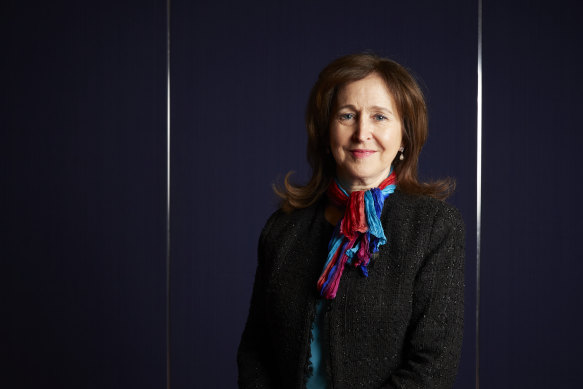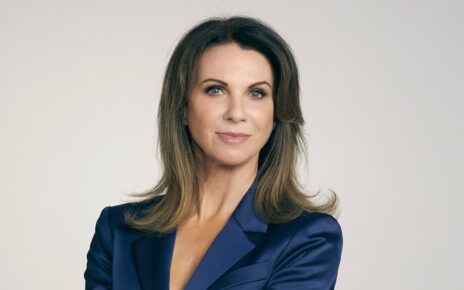Save articles for later
Add articles to your saved list and come back to them any time.
New laws forcing companies to publish their gender pay gaps from next year have been backed by research showing the quickest way to bridge the divide is to find out how big it is.
The income divide between men and women has gradually shrunk over recent years, but flatlined at 22.8 per cent in 2021-22.
HESTA CEO Debby Blakey said focusing on gender equity makes for a better workplace.Credit: Natalie Boog
A study of 4800 companies released on Thursday by the Bankwest Curtin Economics Centre and the Workplace Gender Equality Agency found progress on closing the gap has been uneven.
Report author and Bankwest Curtin Economics Centre director Professor Alan Duncan said the research found that simply auditing the payroll to measure the disparity was a key part of reducing the pay gap.
“Simply the act of being more aware of pay through a gender lens can be a driver for action,” he said.
The analysis showed the average improvement in the gender pay gap over the three years to 2022 was just under 0.4 percentage points, but the top 25 per cent of companies in its rankings reduced it by 5.3 percentage points.
For the bottom 25 per cent of companies, the pay gap grew by 4.8 percentage points over the same time. In agriculture, forestry and fishing, mining, and accommodation and food services, the pay gap has increased rather than shrunk.
The report found that in the top 25 per cent of companies, those that audited their pay gaps managed to drive the pay gap down by 5.4 percentage points, while those that did not reduced it by 4.6 percentage points.
The Workplace Gender Equality Agency already provides all companies in Australia with more than 100 employees a confidential report on its gender pay gap. But Duncan said ownership of that information – and reporting it to senior management – was a vital factor.
“Where there is ownership, where there is accountability, that’s where you see an accelerated pace of change. That’s where you see action,” he said.
From November, companies will have to report pay gap findings to their boards and from early next year, that company-level data will become public.
Debby Blakey, chief executive of superannuation fund HESTA said the company launched an internal gender equity plan last year.
“This [plan] has helped us to maintain at least 40 per cent ratio of people who identify as women across HESTA as a whole and in our executive team and people leader cohorts,” she said.
“HESTA’s like-for-like pay gap is zero, ensuring that women and men are paid equally for the same roles.”
But Blakey said their own internal monitoring showed there was still work to do, including reducing the overall gender pay gap (currently 14.1 per cent) through changes including boosting the number of women working in the investments team and in leadership roles.
Property company Stockland also conducts regularly gender pay equity analysis, the company’s chief people and stakeholder engagement officer Karen Lonergan said.
“Our long-term objective is to achieve zero gender pay gap. This can only be achieved by addressing inequalities between men and women such as under-representation of women in higher-paid jobs and leadership roles,” she said.
Workplace Gender Equality Agency chief executive Mary Wooldridge said the report showed the incoming changes would help even more.
“This report shows that the pace of change has been slow. Change doesn’t take time, it takes action. Now is the time for action,” she said.
“International experience indicates publishing the individual gender pay gap results of companies is an important step that can accelerate change.”
Cut through the noise of federal politics with news, views and expert analysis. Subscribers can sign up to our weekly Inside Politics newsletter.
Most Viewed in Politics
From our partners
Source: Read Full Article



